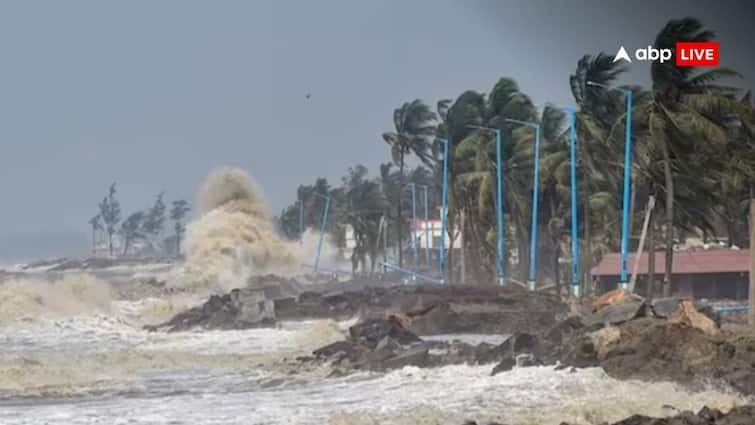Cyclone Senyar, which developed over the Strait of Malacca and nearby regions of northeast Indonesia, made landfall on Wednesday morning with strong winds and rough weather conditions. According to the India Meteorological Department (IMD), the system crossed the Indonesian coastline carrying sustained wind speeds of 70–80 kmph and gusts that peaked at 90 kmph.
The storm’s position at 8:30 a.m. IST on November 26 was recorded near latitude 4.9°N and longitude 97.8°E, placing it roughly 80 km east of Kuta Makmur in Indonesia. It was also located about 280 km west of George Town in Malaysia, 580 km southeast of Nancowry in the Nicobar Islands, and nearly 730 km southeast of Car Nicobar.
Storm Maintains Strength
The IMD noted in a bulletin that the cyclonic system had travelled west-southwestward at a speed of 13 kmph over the six hours preceding landfall. It crossed the Indonesian coast between 7:30 a.m. and 8:30 a.m. IST, maintaining its intensity throughout the passage.
Meteorologists expect the storm to continue moving in the same direction and hold cyclonic strength until early Thursday. Thereafter, the system is likely to gradually weaken as it curves eastward during the next 24 hours. The IMD has referred to the storm as Senyar, pronounced “Sen-yar”.
IMD Issues Rainfall Alerts For Several Indian Regions
Alongside its movement, Senyar is expected to influence weather patterns across parts of India. The IMD has issued warnings for heavy to very heavy rainfall in the Andaman and Nicobar Islands, Puducherry, Tamil Nadu, Kerala, and coastal Andhra Pradesh. Officials have urged residents and authorities in vulnerable zones to remain alert to potential flooding, strong winds, and sea conditions that may become hazardous.
Weather agencies will continue to track Cyclone Senyar closely as it progresses over water and land. With its projected weakening after Thursday morning, the system is not expected to intensify further, but its associated rain bands may still bring significant precipitation to multiple regions.


